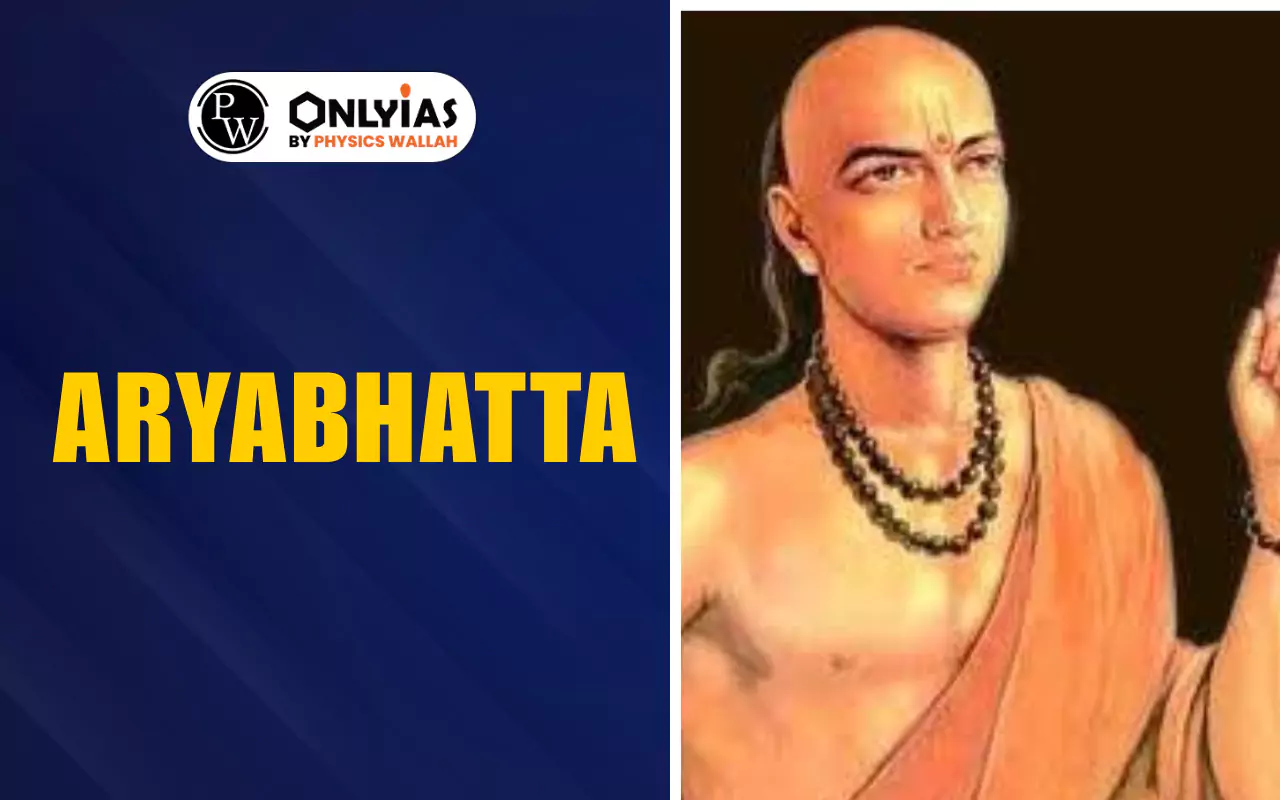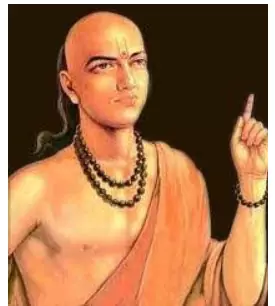Aryabhatta, the father of mathematics in India, was a Gupta-era scholar whose works in Aryabhatiya and Arya-siddhanta shaped astronomy and mathematics. He explained Earth’s rotation, eclipses, pi value, zero concept, and planetary motion, inspiring future scholars in India and beyond.

Aryabhatta was one of the most popular scholars of ancient India. He lived during the Gupta period, often known as the golden age of Indian learning. His contributions in mathematics and astronomy changed the way people thought.
He shaped people’s understanding of numbers, the movement of planets, and the measurement of time. Aryabhatta’s work still inspires students and researchers even in the modern age. Many regard him as the father of mathematics in India because of his valuable theories and calculations.
| Aspect | Details |
| Full Name | Aryabhatta |
| Lifespan | 476 CE – 550 CE |
| Era | Gupta Period (Golden Age of Indian learning) |
| Known As | Father of Mathematics in India |
| Major Works | Aryabhatiya, Arya-siddhanta |
| Legacy | Inspired scholars like Brahmagupta and Bhaskara; influenced global mathematics and astronomy |
Aryabhatta was an Indian mathematician and astronomer who lived between 476 CE and 550 CE. He is remembered as a pioneer in both fields, that is, mathematics and astronomy. Aryabhatta introduced ideas that were far ahead of his time. It includes methods of solving equations and explanations of planetary motion. His approach combined observation with logical reasoning.

Aryabhatta is often called the father of mathematics in India. His calculations about the rotation of the Earth, the value of pi, and the concept of zero shaped the growth of mathematics. His methods guided later scholars such as Brahmagupta and Bhaskara. Aryabhatta’s legacy is not only national but also global. Many of his ideas influenced mathematics beyond India.
Gupta Empire Golden Age Of Ancient India
The exact birthplace of Aryabhatta is still debated. Some sources suggest he was born in Kusumapura, near modern-day Patna in Bihar. While others believe he may have come from Kerala. He received his education at Kusumapura, an important center of learning during the Gupta period. There, he studied astronomy, mathematics, and other sciences, showing remarkable talent from a young age.
Aryabhatta lived during the reign of King Budhagupta and other rulers of the Gupta dynasty. At the age of 23, he composed his most influential text, the Aryabhatiya. It contained 121 verses covering arithmetic, algebra, trigonometry, and astronomy. Throughout his life, Aryabhatta remained committed to research, teaching, and guiding students. Aryabhatta’s biography reflects a scholar who valued reason, calculation, and observation.
One of the most important literary contributions of Aryabhatta is the Aryabhatiya. In addition to this work, he also wrote the Arya-siddhanta. Though most of this text is now lost, references show that it was also a significant contribution to astronomy. These literary works show the depth of Aryabhatta’s knowledge and his ability to connect mathematics with the natural world.
The most influential work of Aryabhatta, the Aryabhatiya, has been divided into four parts. Here we have mentioned the gist of all four divisions:
Aryabhatta transformed ancient astronomy by replacing myths with logical explanations. He described Earth’s rotation, eclipses, and planetary motion with surprising accuracy for his time. His calculations of the solar year and celestial positions marked a new era of scientific reasoning in India. Check the table below to know more about Aryabhatta’s contribution in Astronomy:
| Astronomical Contribution | Details |
| Earth’s Rotation | Explained that Earth rotates on its axis rather than the heavens revolving |
| Solar and Lunar Eclipses | Described eclipses scientifically, rejecting the belief in demons |
| Length of Solar Year | Calculated solar year as 365.358 days, close to modern 365.256 days |
| Planetary Motion | Suggested methods to predict positions of planets |
| Celestial Studies | Used observation and mathematics to explain the movement of celestial bodies |
Aryabhatta’s work in mathematics laid the foundation of modern number systems and geometry. He introduced place value, worked on algebra and trigonometry, and calculated pi with near precision. His theories continue to guide mathematical reasoning even after more than a thousand years. Provided below is the table that covers the Contribution of Aryabhatta in Mathematics in brief:
| Mathematical Contribution | Details |
| Place Value System | Introduced the decimal system that shaped modern numerals |
| Trigonometry | Defined sine as “ardha-jya” or half chord |
| Algebra | Worked on quadratic equations and calculation methods |
| Concept of Zero | Used place value ideas, later expanded into formal zero by Brahmagupta |
| Approximation of Pi (π) | Gave pi as 3.1416, remarkably close to its true value |
One of the most well-known works of Aryabhatta was his approximation of pi. He calculated pi to be 3.1416. This was highly accurate for the time and showed his understanding of geometry. Aryabhatta used pi in his calculations of areas and volumes, making his theories practical and useful. His approximation of pi became a standard reference for later mathematicians.
Ready to boost your UPSC 2026 preparation? Join PW’s UPSC online courses today!
Aryabhatta was an ancient Indian mathematician and astronomer who lived between 476 and 550 CE.
He is called the father of mathematics in India for his discoveries in the place value system, trigonometry, and algebra.
The Aryabhatiya is his most famous text. It covers mathematics and astronomy.
Aryabhatta used the place value system, but Brahmagupta gave zero its formal definition.
The Aryabhatta satellite was India’s first satellite launched in 1975, named after Aryabhatta.
<div class="new-fform">
</div>
